COVID-19 Results in More Bicycles on the Road: Top 10 Safety Tips for Cyclists
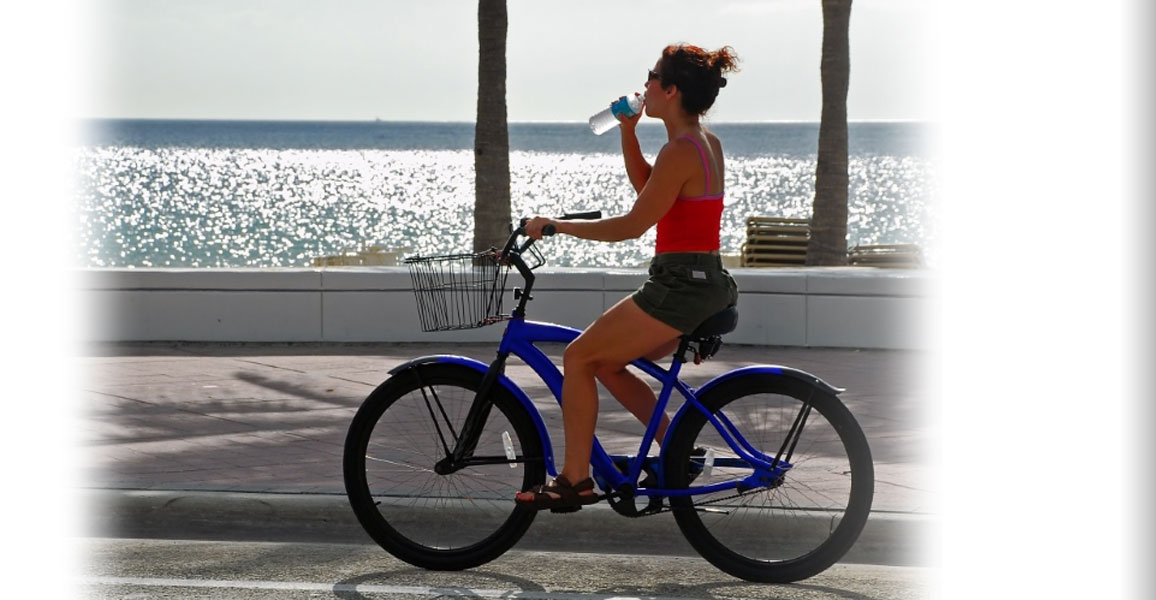
Bill Bone
A new reality is emerging – more cyclists on the road. With an unprecedented number of people working from home and Florida now under a stay-at-home order, more people than ever are taking to the streets on bikes. Most of the increase is likely attributable to new riders with little experience riding on the busy roads of South Florida.
We at Bill Bone Bike Law are glad to see the increased interest in cycling, but riding on public streets can be dangerous for the inexperienced and uninformed, especially in South Florida. According to a 2017 Florida Department of Transportation report on Statewide Analysis of Bicycle Crashes, “Florida led the nation with 139 bicyclist fatalities, representing approximately 20% of the nation’s total.” That should serve as a sobering warning for all cyclists to know and obey the rules of the road.
For those new to road cycling, here are our Top 10 safety tips.
- Know the law – under Florida law, cyclists are considered drivers while on public streets and thus are required to obey the same traffic laws as motorists (see further below for rules of the road).
- Be predictable – make your intentions clear to everyone on the streets. Predictable behavior includes riding in a straight line without darting between stopped vehicles or making sudden or jerking movements, signaling turns, and checking behind you before turning or changing lanes.
- Be conspicuous – ride where you can be easily seen by others and wear bright colors, making eye contact with others to ensure they see you.
- Think ahead – anticipate what motorists, pedestrians, and other cyclists are likely to do next and act accordingly. Look out for potential hazards such as potholes, road debris, and turning vehicles.
- Be aware of surroundings – road signs and markings are static, but traffic is dynamic. It’s important that you take your cues from the entire dynamic environment and never let the paint (bike-specific markings) think for you.
- Ride with flow of traffic – as a vehicle on the road, you are required to ride with the flow of traffic, not against it. It’s also important to understand the broader traffic flow around you so that you are able to anticipate and place yourself in a position that makes it easier and safer for yourself and others on the road.
- Ride on the road – adult cyclists don’t belong on the sidewalk. It increases the risk of conflict and danger to you, motorists, and pedestrians.
- Ride best part of the road – do not ride as far to the right as possible but rather as far as practicable. There’s a distinction. What’s practicable is dynamic and depends on your specific riding environment and conditions. You are permitted by law to the full use of the lane if it’s not wide enough to be safely shared by vehicles and bikes operated side-by-side. Some people believe you make yourself more visible to motorists, require them to give ample passing clearance by forcing them to use another lane to pass, and help avoid road hazards and provide space to maneuver in case a vehicle gets too close (see below for further discussion on riding big).
- Wear a helmet – doing so reduces the risk of head injuries, and it can help make you more visible while riding. Under Florida law, anyone under 16 years of age is required to wear a bicycle helmet that is properly fitted and fasten
- Maintain your bike – make sure that your tires are properly inflated, brakes are working, and chain working smoothly.
Some cyclists themselves are guilty of contributing to the dangerous conditions on South Florida roads. It’s not just motorists who are making poor decisions and behaving recklessly. Cyclists who run stop signs and red lights; ride at night without reflectors or lights; ride against the flow of traffic; fail to yield the right-of-way; and otherwise refuse to obey the traffic laws endanger themselves and those around them. Just like motorists, cyclists are required to know the rules of the road and, just as importantly, follow them at all times for the safety of everyone.
A Brief Overview of the Rules of the Road in Florida
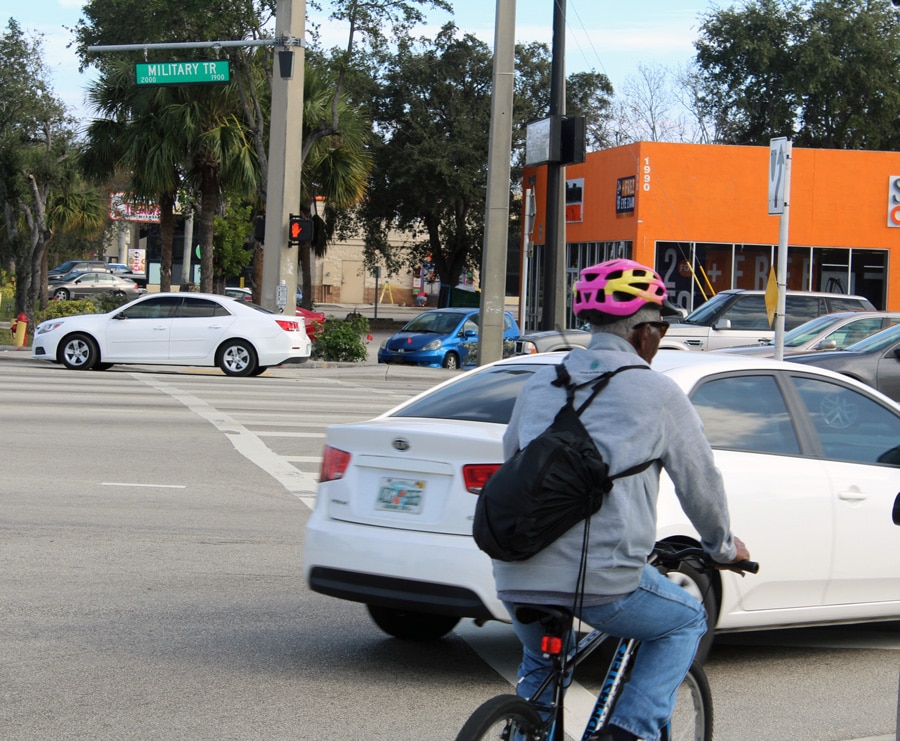 Safer streets in South Florida require an active partnership between cyclists and motorists. When both cyclists and motorists are aware of the rules and customs of the other, it’s much easier and more likely that each will be able to anticipate what the other is going to do (and why it’s being done) in virtually any traffic situation. This shared knowledge and understanding will result in safer streets, resulting in fewer accidents and deaths. As such, we urge you to share this article with friends and family.
Safer streets in South Florida require an active partnership between cyclists and motorists. When both cyclists and motorists are aware of the rules and customs of the other, it’s much easier and more likely that each will be able to anticipate what the other is going to do (and why it’s being done) in virtually any traffic situation. This shared knowledge and understanding will result in safer streets, resulting in fewer accidents and deaths. As such, we urge you to share this article with friends and family.
Under Florida law, bicycles are defined as ‘vehicles’ and bicyclists as ‘drivers.’ Accordingly, it’s important for everyone on the roadways to understand that cyclists, with a few exceptions, have the same rights and responsibilities as any other driver. They are required to obey the same traffic laws as motorists including, but not limited to:
- Stopping at stop signs and red lights
- Riding with the flow of traffic
- Using lights at night
- Yielding the right-of-way when entering a roadway
- Yielding to pedestrians in crosswalks
- Crossing at intersections
The rules governing cyclists’ roadway position is a particular source of tremendous confusion for motorists as well as many cyclists themselves. This lack of understanding frequently serves as the genesis for motorists’ and cyclists’ frustration with each other and roadway conflicts. Florida Statutes § 316.2065(5)(a) requires cyclists to ride as far to the right as practicable when traveling slower than the “normal speed of traffic at the time and place and under the conditions then existing.” The law does not require cyclists to ride as far to the right as possible. While it may appear to be a distinction without a difference at first glance, it is nevertheless an extremely significant distinction imbued with a great deal of meaning for cyclist safety.
Here’s the distinction between the two concepts. Under state law, ‘practicable’ means capable of being done given the current means and conditions. This takes into account static and dynamic factors as well as so-called downstream conditions that affect riders’ choice of lane and position within that lane. As experienced cyclists are keenly aware, the very edge of the road is fraught with many hazards. That’s the reason cyclists are permitted to ride at least two feet from the edge of usable pavement in Wide Curb Lanes (lanes wide enough for side-by-side travel by motor vehicle and bicycle, i.e., at least 14 feet in width). This distance from the edge of the roadway allows cyclists a safe margin-of-error to maneuver around road hazards while also being more visible to crossing traffic.
Notice that the law does not require cyclists to ride as far to the right within travel lanes as ‘possible.’ This misunderstanding of basic traffic law causes many uninformed motorists to grow impatient and sometimes even hostile towards cyclists who are lawfully maintaining at least two feet of distance from the edge of the road. For some motorists, frustration towards cyclists is likely exacerbated on roadways containing lanes too narrow for side-by-side travel or ‘substandard-width lanes,’ as they are referred to under Florida law.
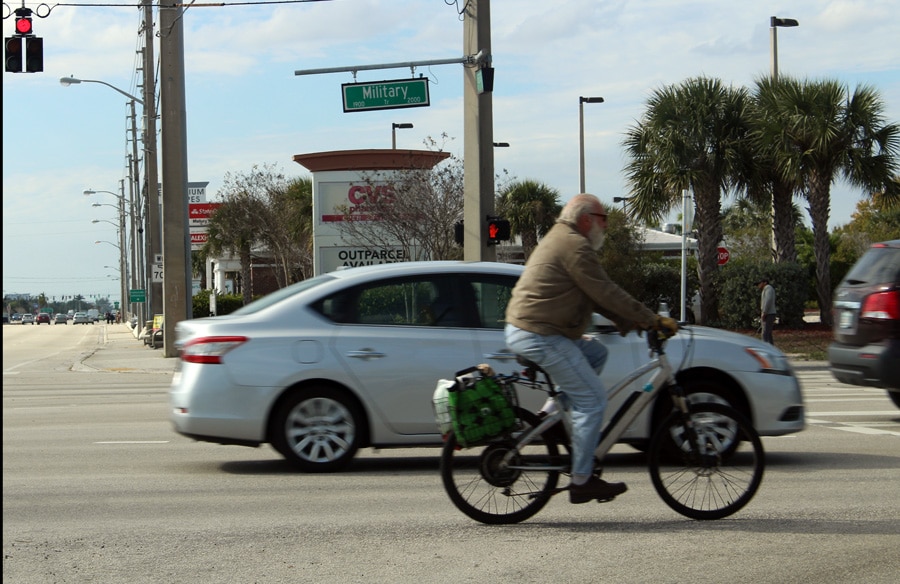 According to Florida Statutes § 316.2065(5)(a)3, when traveling on substandard-width lanes, cyclists are legally permitted to occupy the entire lane. However, as most cyclists can attest to, too many motorists are unaware of, don’t care about, or hostile towards this right. So as a practical matter, it’s advisable for cyclists to ride on the right half of the lane to make it easier for motorists to pass on the left. But cyclists should also take care not to ride too far to the right within substandard-width lanes so as not to tempt reckless motorists to try and squeeze past within the lane. Clearly, riding in these types of lanes is more of an art than a science for cyclists. That is, they must maintain a dynamic route within these lanes to allow motorists to safely pass while simultaneously discouraging them from attempting to do so within the same narrow travel lane for cyclists’ own safety.
According to Florida Statutes § 316.2065(5)(a)3, when traveling on substandard-width lanes, cyclists are legally permitted to occupy the entire lane. However, as most cyclists can attest to, too many motorists are unaware of, don’t care about, or hostile towards this right. So as a practical matter, it’s advisable for cyclists to ride on the right half of the lane to make it easier for motorists to pass on the left. But cyclists should also take care not to ride too far to the right within substandard-width lanes so as not to tempt reckless motorists to try and squeeze past within the lane. Clearly, riding in these types of lanes is more of an art than a science for cyclists. That is, they must maintain a dynamic route within these lanes to allow motorists to safely pass while simultaneously discouraging them from attempting to do so within the same narrow travel lane for cyclists’ own safety.
It should be noted that the term ‘substandard-width lane’ is actually a misnomer since most of the roadways in the state meet the definition, i.e., not wide enough for side-by-side travel for both a motor vehicle and bicycle. So these relatively narrow lanes are, in fact, the standard throughout the state. Finally, to wind-up our discussion on roadway position of cyclists, the rules regarding paved shoulders need to be addressed. Contrary to common misconception, cyclists are not required to ride on paved shoulders since the definition of ‘roadway’ under Florida law specifically excludes shoulders of any kind. Ignorance of this fact likely contributes to the frustration and impatience exhibited by some motorists who erroneously believe cyclists are in the wrong by riding in travel lanes when a paved shoulder is present.
The general rule for passing another vehicle (motor vehicle and bicycles) is that it must be accomplished safely and without interfering with the vehicle being passed. Florida law requires all vehicles passing another vehicle within a Wide Curb Lane to allow at least three feet of clearance when passing. If that’s not possible, then the passing vehicle is required to change lanes to pass. This requirement is intended for the safety of the vehicle being passed, especially bicycles. By the same token, cyclists are prohibited from increasing speed while being passed for the safety of the passing vehicle, usually a motorist.
Your Role in Making the Streets Safer for Everyone
Like it or not, every time you take to the streets on your bike, you serve as a de facto ambassador for the entire cycling community. Cyclists are waging a campaign to win the hearts and minds of motorists in an effort to gain greater acceptance of bicycles sharing the roads, but riders who wantonly flout traffic laws seriously undermine those efforts as motorists frequently cite disobeying traffic laws by cyclists as a source of tremendous frustration.
Ride Safe and Tailwinds

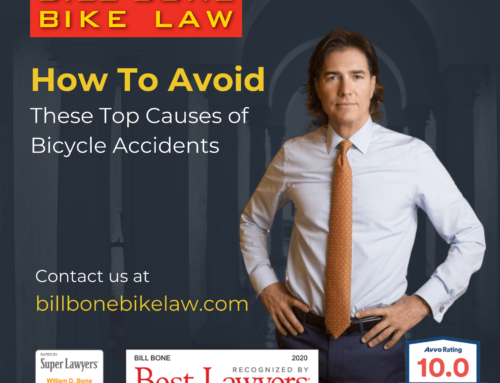

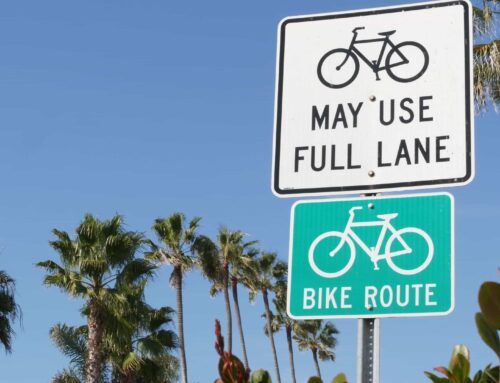
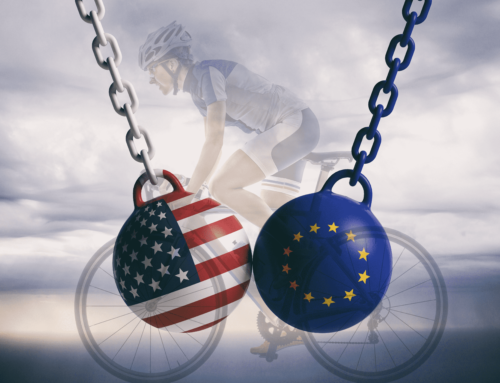
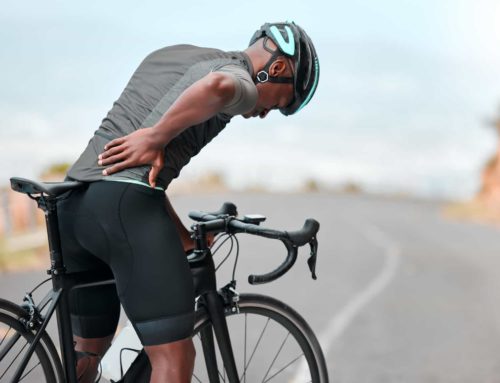
Leave A Comment